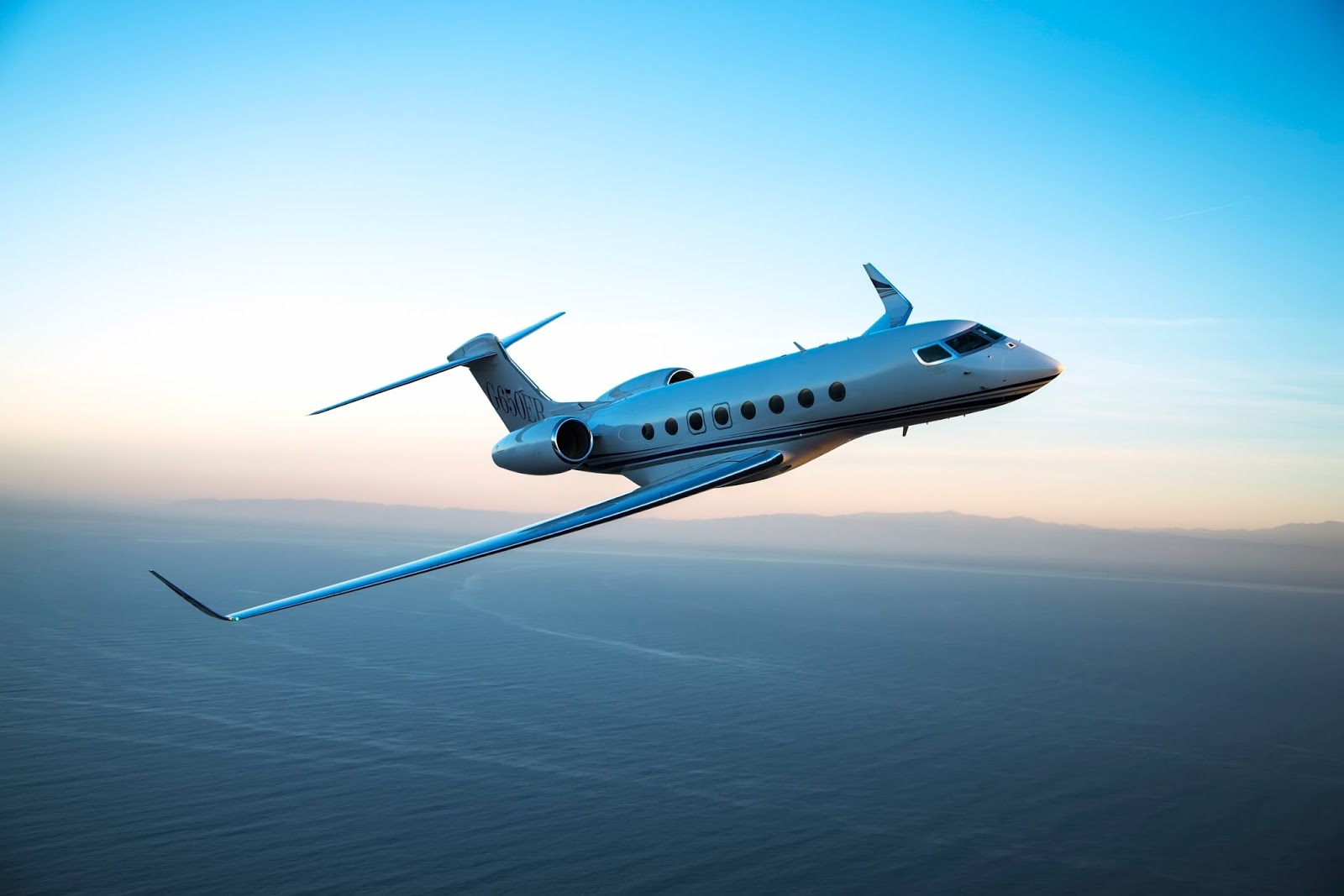Lately, the private jet trade has experienced significant growth, pushed by a mix of factors including rising wealth, the necessity for convenience, and the desire for safety and privateness. This case study explores the evolution of private jet flights, the demographics of its users, the economic implications, and the way forward for this luxury travel section.
Background
Historically, private jets had been primarily reserved for the ultra-rich, corporate executives, and celebrities. Nevertheless, the panorama has shifted dramatically over the past decade. The rise of fractional possession, jet card applications, and on-demand charter providers has made private aviation extra accessible to a broader viewers. Companies like NetJets, Flexjet, and VistaJet have pioneered progressive models that permit people to get pleasure from the benefits of private air travel with out the burdens of possession.

Demographics of Private Jet Customers
The standard private jet user has evolved. While the normal clientele stays, a new demographic is emerging: younger entrepreneurs, tech moguls, and high-internet-worth people from various backgrounds. The COVID-19 pandemic accelerated this development, as many individuals sought to avoid crowded industrial flights and opted for the safety and exclusivity of private jets.
In line with a report from the Nationwide Enterprise Aviation Association (NBAA), the number of private jet flights in the U.S. elevated by over 30% in 2021 in comparison with pre-pandemic levels. This surge was not limited to the wealthy elite; many first-time users found the comfort and flexibility that private aviation presents, resulting in a potential long-time period shift in client habits.
Economic Implications
The economic affect of the private jet trade is substantial. The sector supports thousands of jobs, from pilots and maintenance crews to floor workers and support services. In the U.S. alone, the business aviation industry contributes over $a hundred and fifty billion to the financial system annually.
Moreover, private jets are sometimes used for enterprise purposes, allowing firms to maximise productiveness by lowering journey time. A examine by the consulting firm McKinsey & Firm discovered that executives can save as much as 40% of their journey time by flying privately. If you have any inquiries pertaining to where and how to use privatejetscharter.review, you can contact us at our own web page. This efficiency interprets into financial advantages for businesses, making private aviation a pretty choice for firms wanting to boost their operational effectiveness.
Environmental Issues
Regardless of the financial advantages, the private jet trade faces scrutiny concerning its environmental influence. Critics argue that private jets contribute considerably to carbon emissions in comparison with industrial flights. In accordance with a report by the Worldwide Council on Clean Transportation (ICCT), private jets emit as much as 14 instances extra carbon per passenger than business airlines.
In response, the industry is taking steps to deal with environmental issues. Many private jet operators are investing in additional gasoline-environment friendly aircraft and exploring sustainable aviation fuels (SAF). Additionally, firms are implementing carbon offset programs to mitigate their environmental footprint. As sustainability becomes a priority for shoppers, the industry must adapt to satisfy these expectations.
The future of Private Jet Flights
The way forward for private jet flights seems promising, with several developments shaping the trade’s trajectory. One of the most significant developments is the rise of expertise in aviation. Digital platforms and apps have made it simpler for shoppers to e-book private flights, compare prices, and entry actual-time information about aircraft availability. This comfort is likely to draw more customers and streamline the booking process.
Moreover, the demand for on-demand charter services is predicted to develop. Companies like Wheels Up and JetSuite have capitalized on this pattern, offering versatile options that cater to various travel needs. The power to e-book a flight at a moment’s discover appeals to a younger demographic that values spontaneity and comfort.
One other pattern is the increasing curiosity in electric and hybrid aircraft. As know-how advances, the event of sustainable aviation options will possible reshape the business. Electric jets may present a extra environmentally pleasant various for brief-haul flights, decreasing the carbon footprint related to private aviation.

Conclusion
The private jet industry is undergoing a transformation, driven by changing demographics, technological advancements, and a rising deal with sustainability. As extra individuals and companies recognize the benefits of private air travel, the sector is poised for continued development. Nevertheless, addressing environmental issues shall be crucial for its lengthy-time period viability.
As we look to the future, the private jet business must stability luxurious and convenience with responsibility and sustainability. By embracing innovation and adapting to the evolving needs of shoppers, private aviation can maintain its standing as an emblem of luxury while contributing positively to the environment and society at large. The rise of private jet flights isn’t just a pattern; it represents a major shift in how we think about travel in an more and more interconnected world.
